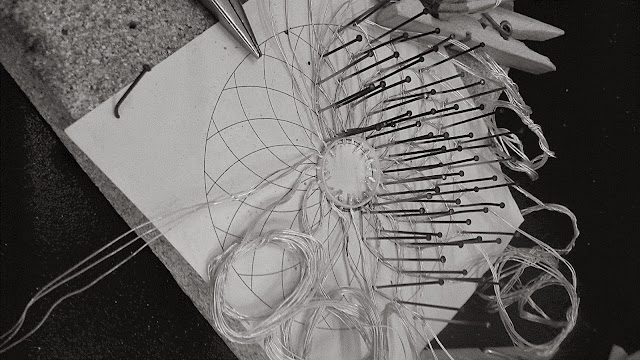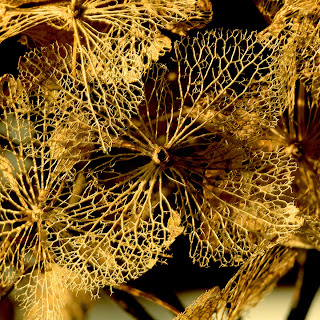The Design
process proved to be difficult for me. I seemed to have many ideas as to how I would
love for the end result of my pieces to look, with the forms, shapes and
contrasts present in the lace itself, however transferring it to paper seemed to
lose the idea. I began drawing ideas of what I would like for my jewellery to
represent, which is the boldness of the central veins with the delicateness of the inner
veins.
 |
| Mariambibi Khan, 2015. Concepts 1. Pencil. |
The idea transformed into a bracelet/bangle which contrasts the delicateness
of the wrist. It also seemed to entwine with the idea of lace gloves, but with a twist.
 |
| Mariambibi Khan, 2015. Concepts 2. Pencil. |
Towards the end
of the process I began to lose the natural shape and form of the hydrangea
itself, which was initially to capture the beauty while it was alive as well as
when it died. The design began looking flat and familiar to a piece which I created
when I was in my BTech 2012.
 |
| Mariambibi Khan, 2015. Concepts 3. Pencil. |
 |
| Mariambibi Khan, 2014. BTech 2014. Sterling silver & Brass. Chain-mail. |
I went
back to the lace samples which I had made and realized its ability to be
manipulated into any shape or form. I could bend it, create waves and stretch
it. This led to the idea of creating a round lace motif which I could perhaps
form a domed round structure.
 |
| Mariambibi Khan, 2015. Concepts 4. Pencil. |
 |
| Mariambibi Khan, 2015. Round Lace 1. Fine Silver. |
 |
| Mariambibi Khan, 2015. Round Lace 2. Fine Silver. |
 |
| Mariambibi Khan, 2015. Round Lace 4. Fine Silver. |
 |
| Mariambibi Khan, 2015. Round Lace 3. Fine Silver. |
The
finished piece looked better than I expected, so much so that it could be left the
way it is, which is in fact beautiful. But I will focus on playing around with this
shape at a later stage. With the first attempt at creating a circular lace
motif, I was worried that there will be a joining line to close the circle off. I had camouflaged the line by integrating it into the piece. The second attempt was
more successful because the threads were interlinked to have no start and end point
visible.
 |
| Mariambibi Khan, 2015. Lace Ball 1. Fine Silver. |
 |
| Mariambibi Khan, 2015. Lace Ball 2. Fine Silver. |
After successfully
creating the circular lace motif I began playing around with the lace by bending and shaping it as well as to see its limitations. I formed a hollow ball and then pushed the edges inward
creating a do-nut shaped basket.
 |
| Mariambibi Khan, 2015. Lace Ball 3. Fine Silver. |













































.jpg)







